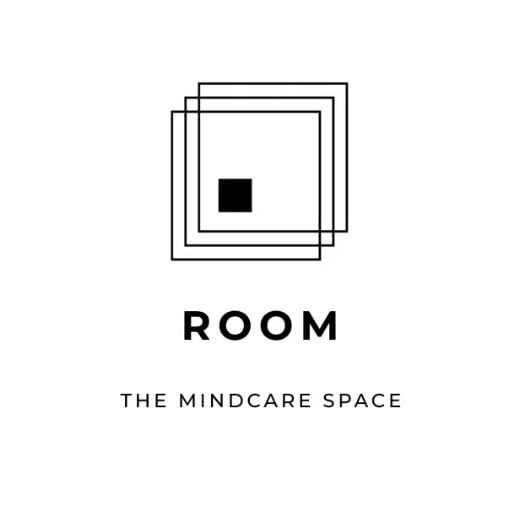Why Pronouns?
- Room, The Mindcare Space

- Jun 3, 2022
- 3 min read
Before we start to understand why we need pronouns we must know what pronouns are exactly and how they are generally used.
Pronouns are a crucial part of our communication. Individuals use pronouns as a way to identify themselves or refer to another individual.
Pronoun: A word that can function by itself as a noun phrase and that refers either to the participants in the discourse (e.g., I, you ) or to someone or something mentioned elsewhere in the discourse (e.g., she, it, this ).
Gender pronouns are words that people use to refer to themselves when they aren’t using their names.
Because pronouns are essential to one’s way of expressing identity and individuality, you wouldn’t like it if someone else assumed a wrong pronoun for you… would you? If you used ‘he’ to identify yourself, and someone in passing indicated to you as a ‘she’, how would that make you feel? Offended? Shocked? Like someone invalidated something so basic but important to you. This is exactly how another person would feel if we assumed their pronouns or used the pronouns they shared with us. Just because someone looks female passing, doesn’t mean they are a ‘she’. They might prefer to identify as a ‘he’ or ‘they’ or maybe ‘ze’
All we need to do is ask and use the pronouns they prefer.
Yes, it’s that simple.

Pronouns are necessary, however, it is crucial to understand that many individuals use different pronouns in different situations or may not want to use pronouns at all. There will be fewer mistakes with pronouns if we all check in with others first before assuming from a binary point of view.
Using a person’s preferred pronouns creates an environment that’s more inclusive and affirms someone’s gender identity.
What are Gender Neutral or Gender Inclusive Pronouns?
Now that there is more conversation around genders and sexuality, we have learnt that there is no binary when it comes to gender or sexuality. Gender is not limited to just male and female, there is non-binary, intersex, trans and many more.
Gender neutrality allows the identity of the individual to not align to a specific gender and offers fluidity. It also creates an inclusive environment and allows people to experience respect and acceptance. This is fundamental and crucial for those who don’t identify with their assigned gender at birth.
If someone uses incorrect pronouns, it is seen to be offensive or even harmful. Ignoring someone’s pronouns may also imply that people whose gender is out of the binary, like trans or non-binary or gender non-conformist, do not exist. This in turn adds to the already existing social oppression of people in marginalized communities.
Using gender-neutral pronouns gives one the freedom to not associate with any gender or gender that they don’t identify with.
A recent study in 2016 - “The role of gender affirmation in psychological well-being among transgender women”, found that using and affirming someone’s pronouns and extension, their gender, raises self-esteem in the participants and reduces depression.
The various types of pronouns currently being used are
She/her/hers
He/him/his
Ze/hir
They/them/theirs
Co/cos
No pronouns - use the person’s name instead of a pronouns
Xe/xem/dry
Some easy ways to ask for pronouns :
What pronouns do you use?
Are there any specific pronouns that work for you or should I use your name?
Hey, I’m Xyz and my pronouns are he/him, what are yours?
It’s okay if you don’t get someone’s pronouns right in the first go, however, just like any other mistake, you apologise and move on. You don’t have to profusely apologise because it may draw attention to the individual or their identity which they might not want in the first place. The person also doesn’t owe you anything, they don’t have to forgive and educate you about it, especially when all this information is easily available anywhere.
Some examples of the usage of inclusive language:
“Everyone!”
“Hey, folks!”
“Y’all okay?”
“How are they feeling?”
What are the gender-inclusive practices you can follow in your daily lifestyle:
Include your pronouns in your social media and email signatures
Adding space for individuals to enter their pronouns in forms
Only ask for sex and gender in applications where it is relevant or necessary
Encourage participants or your peers to share their pronouns during introductions whenever possible.




Comments